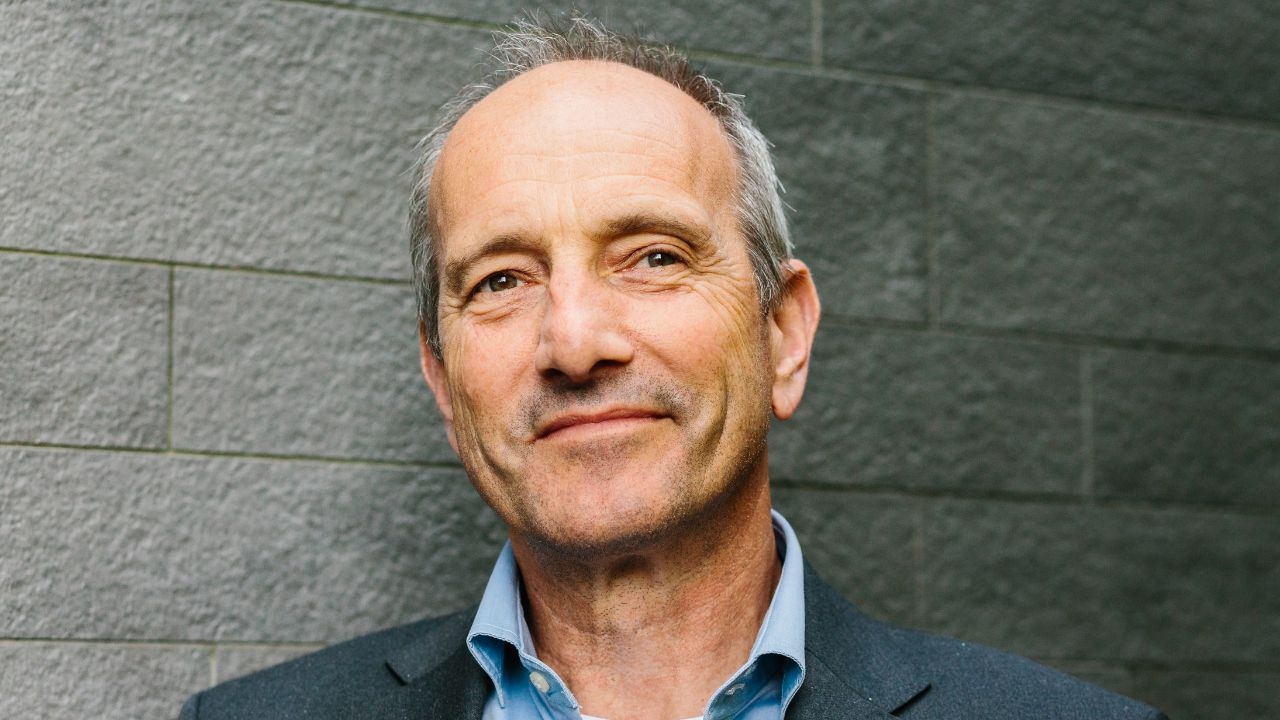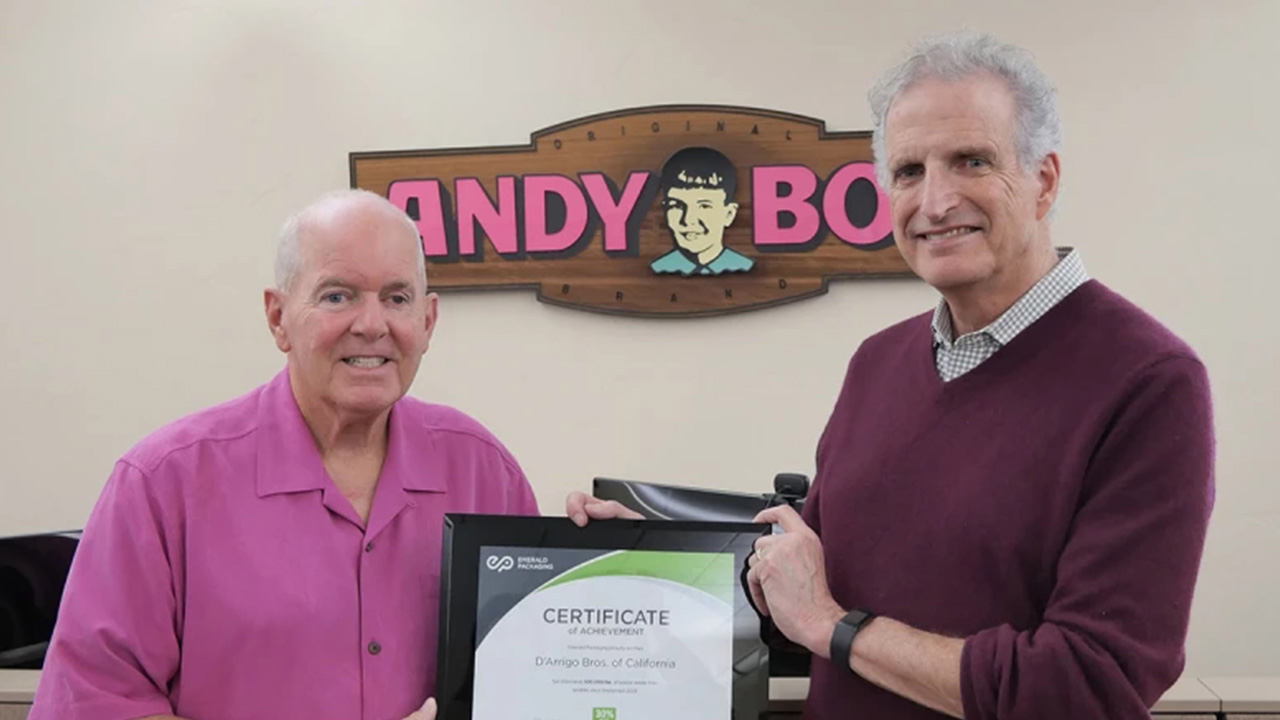Jan 't Hart previews sustainability master class
Jan 't Hart, project manager at HolyGrail 2.0 (the Digital Watermarks Initiative driven by AIM – European Brands Association), provides a sneak preview of what he'll be covering in his Labelexpo Europe 2023 sustainable labels and packaging master class session

Jan 't Hart previews sustainability master class
In this exclusive interview with L&L, Jan 't Hart, project manager at HolyGrail 2.0 (the Digital Watermarks Initiative driven by AIM – European Brands Association), provides a sneak preview of what he'll be covering in his Labelexpo Europe 2023 sustainable labels and packaging master class session.
L&L: Hello Jan, can you tell us a bit about your role at AIM, particularly with brands?
I am a self-employed consultant working for AIM on the HolyGrail 2.0 initiative as a project manager. AIM is the European Brands Association and is the facilitator of the HolyGrail 2.0 project. For Brands, it is important to get access to high-quality recyclate in order to meet the requirements of the Packaging and Packaging Waste Regulation (PPWR) as proposed by the European Commission [and also covered in an earlier session at this master class by Pablo Englebienne from Finat].
L&L: It’s great to have you join us at the Label Academy-hosted master class dedicated to sustainable labels and packaging. Can you give us an insight into what you’ll be presenting in your session?
I will give a short introduction on the watermark technology and an update of the work that has been done so far. Furthermore, I will provide an overview of testing work that will take place in 2023 and 2024, as well as a glimpse of the 'life after HG2.0', (that is) projects that would be taking place in Europe.
L&L: So we are now onto Holy Grail 2.0. Can you give us an overview of Holy Grail 1 and how the outcome of that paved the way for the current phase of the project?
The first iteration of the pioneering project HolyGrail 1.0 was led by the Ellen MacArthur Foundation 2016-2019. HolyGrail 1.0 investigated different innovations to improve post-consumer recycling (digital watermarks and chemical tracers).
Digital watermarks were found to be the most promising technology, gathering support among the majority of stakeholders and passing a basic proof of concept on a test sorting line. So that is what HolyGrail 2.0 is now focusing on.
L&L: 'Closing the loop' is a phrase we often hear in labels and package printing. What does that really mean exactly?
It refers to the Circular Economy as defined by the Ellen MacArthur Foundation. It means that packaging materials are recycled to a quality where they can be reused for the same packaging application.
L&L: What challenges have you encountered with the HolyGrail project so far and how have you overcome them?
I can’t say too much about that due to confidentiality between the project partners, but the main challenge is moving to a large-scale adoption of the technology. All parties in the value chain need to be engaged and committed to joining. It takes time to get everyone on board. Luckily all parties see the importance and potential of the watermark technology, which is extremely encouraging.
L&L: What is the Holy Grail you’re looking to see for digital watermarking across the packaging value chain, and its role in closing the loop, over the next five years? How achievable is this?
The Holy Grail is digitalization of packaging by any technology in combination with existing technologies like NIR (Near Infra-Red) over the coming five years.
A study commissioned by the Alliance to End Plastic Waste and made by independent consultancy Roland Berger, showed that Digital Watermarking is the technology that has the most impact to meet the PPWR requirements at the moment. The same study shows that this is achievable and profitable for the value chain.
The HolyGrail 2.0 initiative has entered its phase three this year, consisting of assessing the performance of the digital watermarks technology in industrial trials.
Later on, the idea is to pilot the technology in one national market via a 'landing-strip approach', to get real-life learnings on the technical and economic feasibility of the technology on selected packaging types.
Details are currently being worked out, but the intention is to execute this as soon as possible, provided the technological assessment of the HG2.0 technology is successfully proven.
L&L: What single piece of advice would you give to converters, packaging manufacturers and brands seeking to improve recycling rates in the EU?
Join the HolyGrail 2.0 project and the initiatives that will be launched in France next year and in other countries to be defined.
As this is a cross-value chain effort, any stakeholder from the packaging supply chain is welcome – from brand owners and retailers to converters, sorters, and recyclers – with an interest in committing expertise and contributing to the pioneering group’s efforts.
If your company strategy includes sustainability as part of your vision and future, please reach out to AIM and join this cross-industry effort to achieve a true circular economy.
L&L: What are you most looking forward to seeing at Labelexpo Europe 2023?
For me personally, it is very interesting to meet my ex-colleagues from the label business. I have worked in the self-adhesive label materials branch for 32 years and I know it is a very innovative industry. So, I expect to see innovations mainly focused on sustainability and smart label ideas providing new functionalities.
I also look forward to the developments within CELAB (Europe) on liner and matrix recycling, which is a challenging assignment for the PSA industry, and hearing from its project manager Ophélie Gourdou, who is presenting the session before mine at this master class.
Hear Jan present 'The Holy Grail of closing the loop' on September 13. For the full program, click here.
Stay up to date
Subscribe to the free Label News newsletter and receive the latest content every week. We'll never share your email address.


